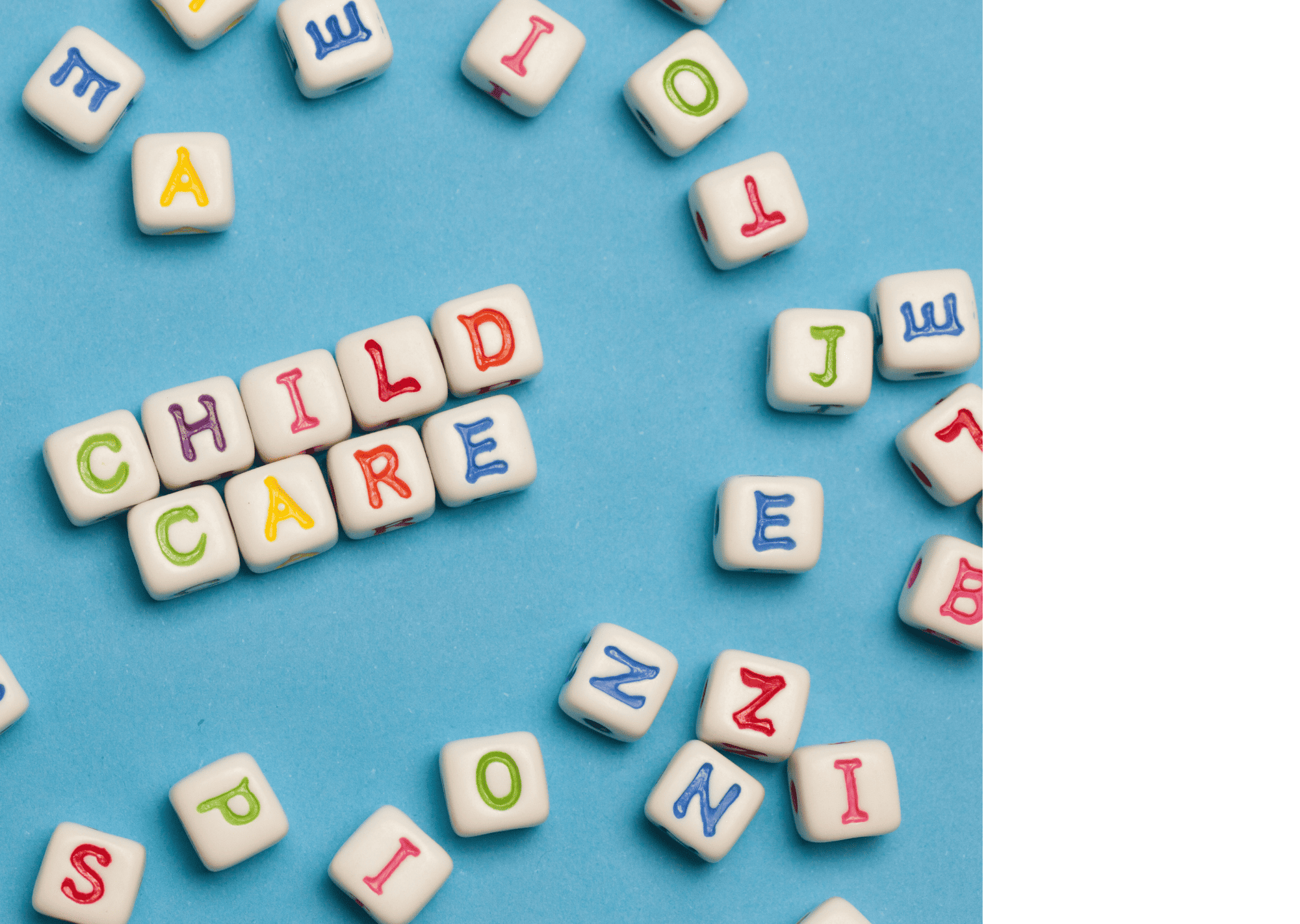Protocols for Lead in Water Sampling at Child Care Centers
Children are most susceptible to the effects of lead because their bodies are still undergoing development and they tend to absorb more lead from the environment. The adverse health effects of lead exposure include reduced IQ and attention span, learning disabilities, poor classroom performance, hyperactivity, behavioral problems, impaired growth, and hearing loss.



Interested in Learning More? Sign up For a FREE Class Today!
PRIOR TO SAMPLING
1. Confirm that this is a drinking water test for schools to stay in compliance with the new Washington regulations (House Bill 1139, also known as the Bruce Speight Protect Children from Being Exposed to Lead in School Drinking Water Act).
2. Make sure the scheduled visit is early in the morning, to ensure that first-draw samples are taken.
3. Jobs cannot be scheduled during Mondays if the facility does not operate during the weekend.
DURING SAMPLING
1. Ensure that all samples taken are 1st draw, unless specified prior to the project. Use a 250mL, wide-mouth plastic bottle for sampling.
2. The chain of custody must be filled out by hand.
3. Do not remove the aerator form the fixture at any time during the sampling process.
4. Only sample cold water.
POST SAMPLING
1. If samples are above 5 parts per billion (ppb), then results are to be communicated to the parents and students of the school.
2. A re-test must be conducted after remediation measures are taken.
3. Results must be submitted to the Washington Department of Health.
4. Results are regulated.




